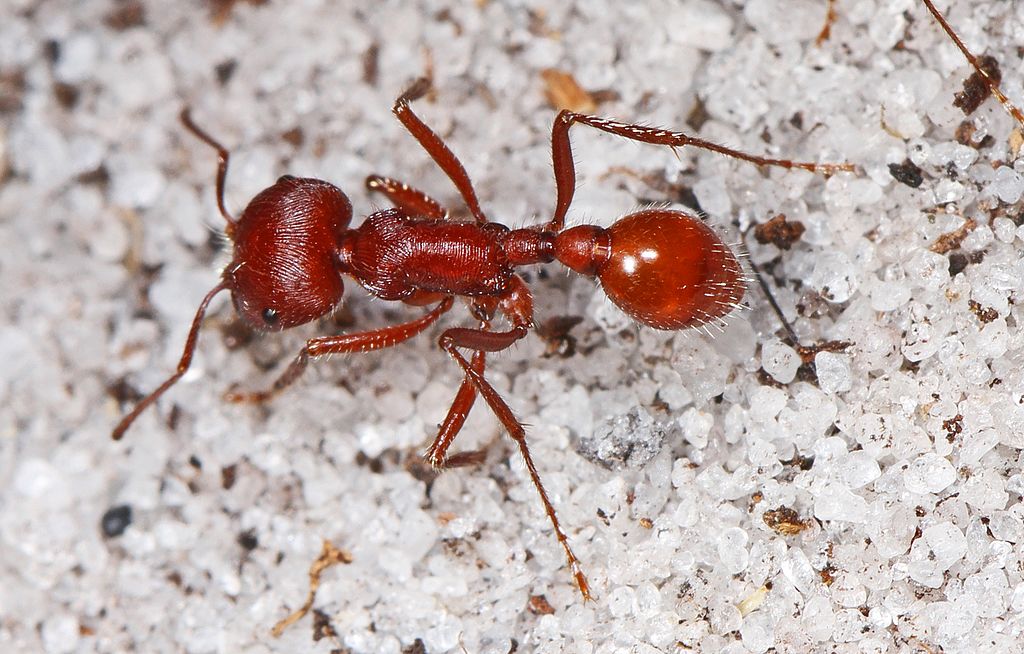In the sun-baked landscapes of Florida, where sandy soils stretch across pine flatwoods and scrubby uplands, a remarkable insect has evolved to thrive in some of the harshest conditions the Sunshine State has to offer. The Florida harvester ant (Pogonomyrmex badius) stands as a testament to evolutionary adaptation, having perfected techniques for surviving intense heat, drought, and nutrient-poor soils. These industrious creatures aren’t just survivors—they’re ecological engineers whose activities influence soil composition, seed dispersal, and vegetation patterns throughout their range. Their distinctive reddish-brown coloration and impressive colony structures make them fascinating subjects for both casual observers and myrmecologists alike. As we explore the world of this specialized insect, we’ll discover how its remarkable adaptations and behaviors have helped it become a true master of Florida’s challenging terrestrial ecosystems.
Natural Habitat and Geographic Distribution
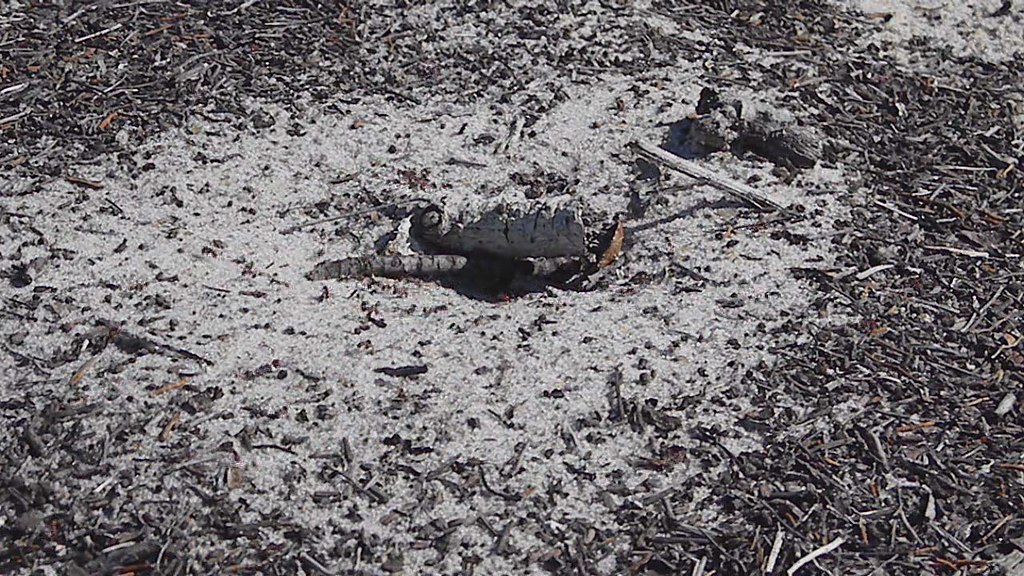
The Florida harvester ant claims the southeastern United States as its domain, with its range extending from eastern Louisiana through Florida and northward into North Carolina. Within this region, these ants show a distinct preference for open habitats characterized by well-drained, sandy soils—environments that would prove challenging for many other species. They particularly thrive in longleaf pine savannas, oak scrub communities, and sand pine scrub ecosystems where sunlight reaches the forest floor abundantly. Their colonies become especially prevalent in areas that experience periodic fires, as these natural disturbances create the open, sunny conditions they prefer. In Florida specifically, these ants are most commonly encountered in the state’s central ridge regions and coastal sand dunes where deep, shifting sands provide the perfect medium for their elaborate nest structures.
Physical Characteristics and Identification

The Florida harvester ant presents a striking appearance that helps distinguish it from other ant species in its range. Workers typically measure between 6-8 mm in length, with a robust body colored in distinctive shades of reddish-brown to deep mahogany. Their heads are disproportionately large compared to their bodies, equipped with powerful mandibles specialized for cracking seeds and excavating soil. One of their most distinguishing features is the presence of a psammophore—a specialized beard-like structure of stiff hairs beneath the head that functions as a basket for carrying sand particles during nest excavation. The reproductive castes appear even more distinctive, with queens measuring up to 9-10 mm and sporting wing scars after their mating flights, while the less commonly observed males are smaller with more elongated bodies. The species also possesses a potent stinger capable of delivering a painful venom, making them one of the few ant species in Florida that can deliver a memorable sting to humans.
Colony Structure and Social Organization

Florida harvester ant colonies exemplify the sophisticated social organization characteristic of the Formicidae family. Each colony operates as a superorganism centered around a single reproductive queen who may live for 15-20 years, continuously producing new generations of workers. The worker population in mature colonies typically ranges from 5,000 to 10,000 individuals, all female and sterile, with different size classes performing specialized tasks from foraging to nest maintenance. Colony foundation begins with a nuptial flight, usually following summer rains, when winged reproductive females and males emerge to mate; after mating, the newly fertilized queen sheds her wings, excavates a small chamber in sandy soil, and begins laying eggs to establish her colony. Unlike some ant species, P. badius colonies don’t typically form satellite nests or exhibit polygyny (multiple queens), maintaining instead a single nest with clearly defined territorial boundaries that they defend vigorously against neighboring colonies. This territorial behavior creates a distinctive pattern of regularly spaced colonies across suitable habitats.
Nest Architecture and Engineering

The nest structures created by Florida harvester ants represent remarkable feats of insect engineering perfectly adapted to their challenging environment. Their colonies typically feature a distinctive circular clearing around the nest entrance, meticulously cleared of vegetation and debris, which serves both as a foraging platform and thermal regulation device. Below ground, the nest extends downward through an elaborate network of chambers and tunnels that can reach depths of 2-3 meters, allowing the ants to access moisture and escape extreme surface temperatures. The architecture includes specialized chambers for brood rearing, food storage, waste disposal, and even dedicated “warming chambers” near the surface where eggs and larvae can be moved to accelerate development when temperatures are favorable. Perhaps most impressive is how these ants modify soil characteristics through their excavation activities, bringing deeper mineral-rich soil particles to the surface and creating islands of altered soil chemistry that can persist for years after a colony dies. Each grain of sand is individually carried in the ant’s psammophore and precisely placed, demonstrating remarkable precision in their construction techniques.
Feeding Habits and Seed Harvesting
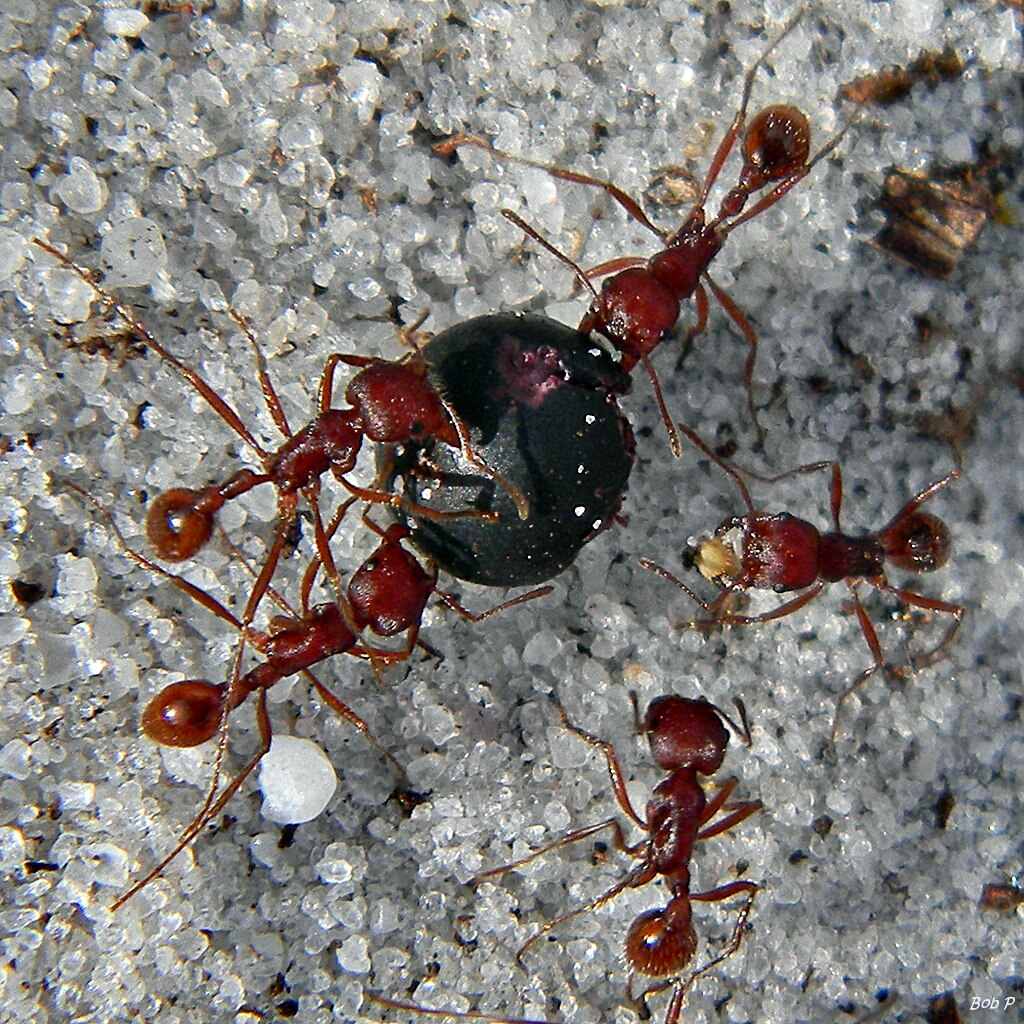
As their name suggests, Florida harvester ants are specialized seed collectors, with seeds constituting approximately 80% of their diet—a dietary adaptation that allows them to thrive in environments where other food sources may be scarce or unpredictable. Worker ants forage along established trunk trails radiating from the nest, gathering primarily small seeds from grasses and herbaceous plants, which they carry back to the colony clutched in their powerful mandibles. Inside specialized milling chambers, workers collaborate to remove the hard seed coats before storing the nutritious endosperm in dedicated granaries within the nest. This harvesting behavior has profound ecological implications, as the ants effectively function as seed predators for some plant species while serving as secondary dispersers for others when seeds are abandoned or discarded outside the nest. Beyond seeds, the diet of these industrious insects is supplemented with scavenged arthropod remains, nectar, and honeydew from aphids, providing essential proteins and sugars. Their foraging activities typically peak during morning and late afternoon hours, strategically avoiding the intense midday heat of their sun-baked habitats.
Adaptations to Heat and Drought
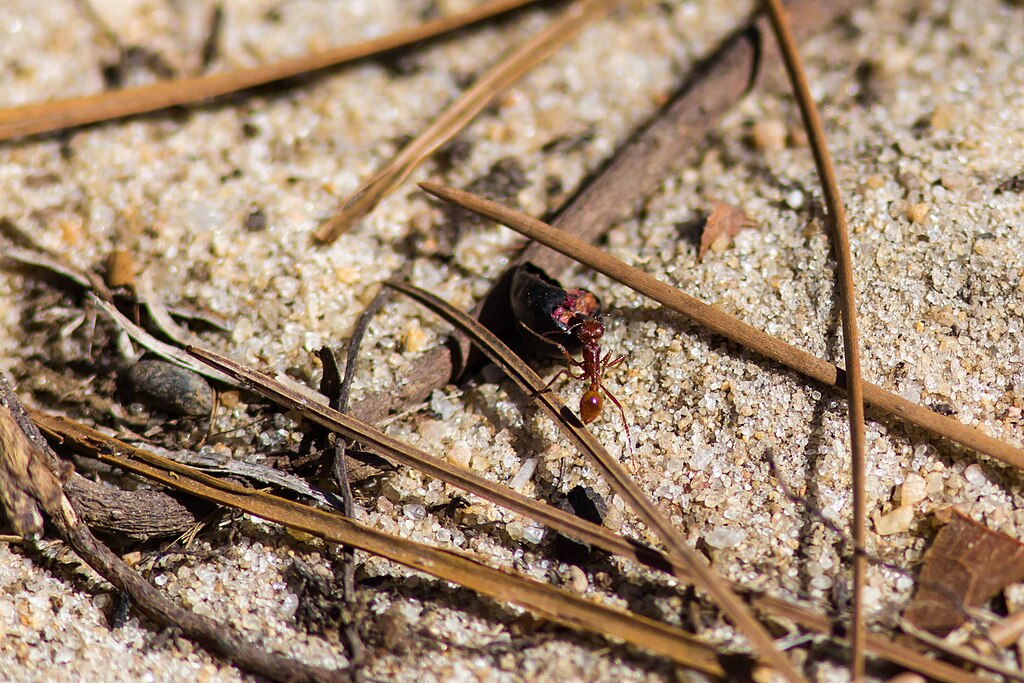
The Florida harvester ant’s mastery of hot, sandy environments stems from a suite of remarkable physiological and behavioral adaptations that allow it to withstand conditions that would prove lethal to many other insects. Their cuticles possess specialized hydrocarbons that create an effective waterproofing barrier, dramatically reducing water loss through the body surface—a critical adaptation in their moisture-limited environment. Behaviorally, these ants adjust their activity patterns seasonally and daily, shifting to primarily crepuscular foraging during the hottest months while maintaining brood-tending activities deep within the thermally buffered nest chambers. The nest itself serves as a sophisticated climate control system, with workers actively modifying entrances and tunnels to create convection currents that regulate internal temperature and humidity. Perhaps most impressively, these ants can survive body temperatures approaching 50°C (122°F) for short periods, thanks to heat-shock proteins and specialized metabolic pathways that protect cellular structures from thermal damage. During extended drought conditions, colonies can enter a state of reduced activity, sealing most nest entrances and retreating to deeper chambers where they subsist on stored seeds until conditions improve.
Reproductive Cycles and Colony Foundation

The perpetuation of Florida harvester ant colonies follows a carefully orchestrated reproductive cycle tied closely to seasonal patterns. Mature colonies produce winged reproductive males and females (alates) primarily in late spring, holding these reproductive individuals within the nest until environmental conditions signal the optimal time for mating flights. These nuptial flights typically occur after summer thunderstorms when increased humidity improves survival chances for newly mated queens. During these synchronized events, thousands of alates from multiple colonies take to the air in spectacular mating swarms, with females typically mating with multiple males to acquire sufficient sperm to last their entire reproductive lifespan. After mating, the fertilized queen performs a remarkable feat of survival—shedding her wings, excavating a small founding chamber up to 15 cm deep in sandy soil, and sealing herself inside to begin laying eggs using her own body reserves as nourishment for her first brood. This claustral foundation period represents an extremely vulnerable time, with mortality rates exceeding 95% for founding queens due to predation, disease, and resource limitations. For the few successful queens, the incipient colony remains below ground for 6-8 months before the first workers emerge to begin foraging activities.
Defense Mechanisms and Predator Interactions
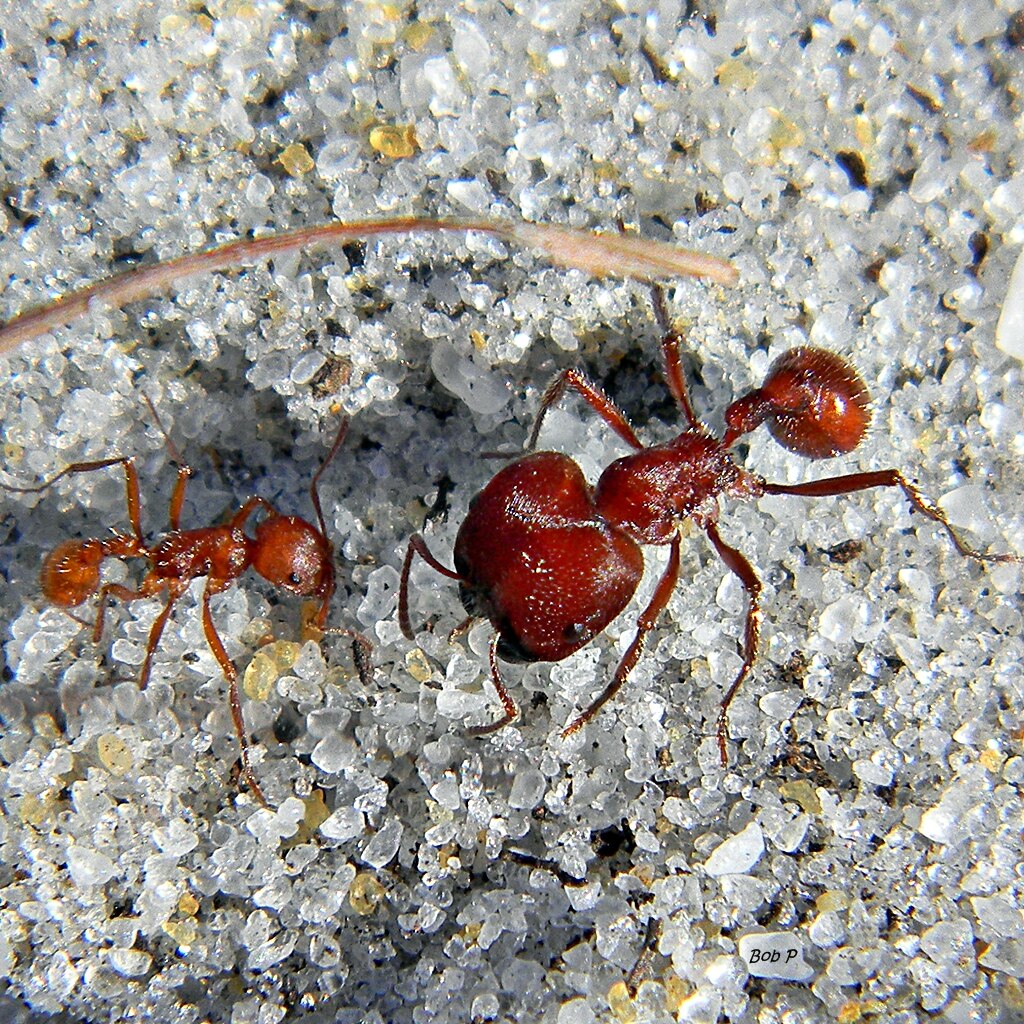
The Florida harvester ant employs an impressive arsenal of defensive strategies to protect itself and its colony from numerous threats in its environment. Most notably, these ants possess a well-developed stinger connected to venom glands that produce a potent mixture of alkaloids and proteins capable of causing significant pain in vertebrate predators. When threatened, workers will vigorously defend their colony, readily stinging potential predators with a venom that ranks among the most painful of any North American ant. Beyond their chemical weaponry, they employ physical defenses including powerful mandibles that can inflict damaging bites and specialized soldier castes with enlarged heads that block nest entrances during attacks. These defensive capabilities help protect against numerous natural predators including armadillos, which dig into nests seeking larvae, and specialized lizards like the Texas horned lizard whose relatives have evolved physiological tolerance to harvester ant venom. Perhaps their most effective defense, however, is the architectural—their deep, complex nests provide refuges against both predators and environmental extremes, with specialized constrictions in tunnels that allow small numbers of defenders to effectively block access to the valuable brood chambers below.
Ecological Importance and Soil Engineering

The ecological footprint of Florida harvester ants extends far beyond their modest physical size, earning them recognition as ecosystem engineers whose activities fundamentally alter their surroundings. Through their extensive excavation activities, these industrious insects move substantial quantities of soil—up to 40 kg of sand from a single mature colony—bringing deeper mineral-rich layers to the surface and creating patches of altered soil chemistry and structure that can persist for decades. This soil turnover increases aeration, water infiltration, and nutrient cycling in otherwise poor sandy soils, creating microhabitats favorable for certain plant species. Their seed harvesting behaviors simultaneously influence plant community composition, potentially reducing the abundance of preferred seed species while creating unique patches of vegetation where discarded seeds germinate around colony margins. Research has documented significantly higher concentrations of essential nutrients including phosphorus, potassium, and nitrogen in soils associated with harvester ant colonies, effectively creating islands of fertility in nutrient-poor landscapes. Additionally, their nests provide habitat for numerous commensal organisms including specialized mites, beetles, and other insects that have evolved to live exclusively within harvester ant colonies, further enhancing local biodiversity.
Interactions with Humans and Conservation Status

The relationship between Florida harvester ants and humans is characterized by a complex mixture of appreciation and occasional conflict. For most naturalists and ecologists, these ants represent fascinating subjects for study and important components of native ecosystems, valued for their role in soil improvement and seed dispersal. However, when colonies establish in residential areas, parks, or recreational facilities, their painful sting and the barren clearings around nest entrances can sometimes lead to conflicts with human activities. Unlike invasive fire ants, Florida harvester ants are native species deserving of conservation consideration, particularly as their preferred habitats face ongoing threats from development, agricultural conversion, and fire suppression. Currently, the species isn’t listed under federal or state endangered species provisions, but local populations have declined in areas experiencing intensive urbanization or habitat fragmentation. Conservation efforts increasingly recognize these ants as indicators of healthy, functioning sandhill and scrub ecosystems, with their presence often signaling successful habitat restoration in previously disturbed areas. For homeowners encountering these ants, experts typically recommend tolerance and appreciation rather than control measures when possible, as their ecological benefits generally outweigh any nuisance factors.
Research History and Scientific Significance

The Florida harvester ant has enjoyed considerable scientific attention since its formal description by Latreille in 1802, serving as a model organism for diverse research programs in behavioral ecology, social insect biology, and ecosystem functioning. Early naturalists were fascinated by their elaborate nests and seed-collecting behaviors, with detailed observations appearing in scientific literature as early as the mid-19th century. By the mid-20th century, researchers including E.O. Wilson conducted groundbreaking studies on their communication systems, discovering the complex pheromone trails and recruitment behaviors that coordinate colony activities. More recent research has focused on their thermoregulatory abilities, with studies demonstrating remarkable physiological adaptations allowing survival at temperatures that would prove lethal to most insects. The species has proven particularly valuable for studies of optimal foraging theory, as their central-place foraging patterns and seed preferences provide easily observable tests of theoretical predictions. Genetic studies have revealed fascinating insights into their mating systems and colony relatedness, while ecological research continues to document their keystone role in shaping plant communities through selective seed predation. Today, ongoing research examines how these ants might respond to climate change scenarios, with their heat tolerance potentially providing clues about adaptation to warming environments.
Life Cycle and Development Stages

The development of Florida harvester ants follows the complete metamorphosis pattern characteristic of Hymenoptera, with individuals progressing through distinct egg, larval, pupal, and adult stages. After fertilization, the queen begins laying eggs that are tiny, oval, and translucent, requiring constant attention from worker ants who clean and move them to maintain optimal temperature and humidity conditions. These eggs hatch into vermiform (worm-like) larvae after approximately 14-18 days, entering a growth phase where they’re fed regurgitated food by adult workers and undergo several molting events as they increase in size. The larval stage typically lasts 25-30 days before individuals enter the pupal phase, during which they undergo the dramatic internal reorganization that will transform them into adult ants. Within the protective silk cocoons that characterize Pogonomyrmex pupae, the developing ants remain completely immobile yet physiologically active for another 14-20 days before emerging as fully-formed adult workers. The development time varies substantially with temperature and resource availability, with the entire process from egg to adult typically requiring 50-60 days under optimal conditions. Queens regulate egg production based on colony needs and environmental conditions, with peak production occurring during spring and early summer when resources are most abundant.
Challenges and Threats to Florida Harvester Ant Populations

Despite their remarkable adaptations, Florida harvester ant populations face mounting challenges in the contemporary landscape. Perhaps the most significant threat comes from habitat loss and fragmentation as urbanization and agricultural conversion consume the well-drained sandy habitats these specialists require. Fire suppression in remaining natural areas presents another serious challenge, as these ants evolutionarily depend on periodic burns to maintain the open, sunny conditions they prefer. Competition from invasive species, particularly the red imported fire ant (Solenopsis invicta), increasingly displaces harvester ants from disturbed habitats, with studies documenting local extirpation following fire ant invasion. Climate change introduces additional uncertainties—while harvester ants possess impressive heat tolerance, predicted changes in precipitation patterns could disrupt the delicate moisture balance they maintain in their nests. Pesticide use in agricultural and residential settings poses both direct mortality risks and potential sublethal effects on foraging and reproductive behaviors. Some populations also face threats from over-collection for the educational ant farm market, though this impact remains poorly quantified. Conservation efforts increasingly recognize the need for comprehensive approaches that preserve not just the ants themselves but the complex ecological processes—particularly natural fire regimes—upon which they depend.
Conclusion
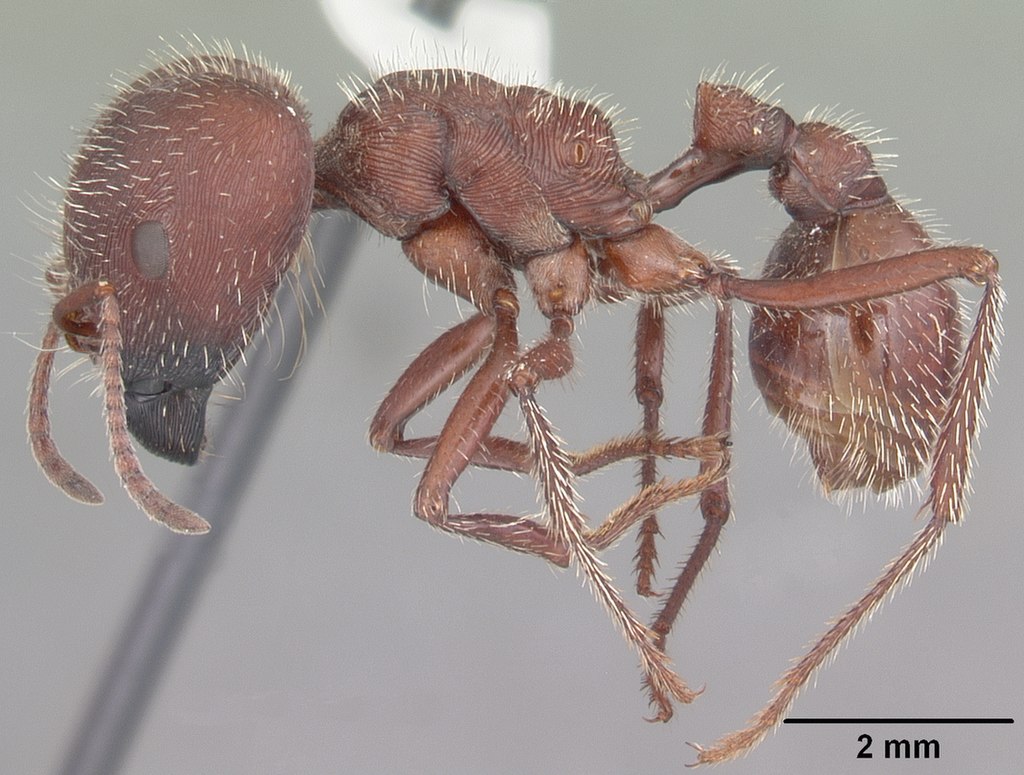
The Florida harvester ant exemplifies the remarkable adaptability of life in challenging environments. From their sophisticated nest structures that create livable microclimates in scorching sands to their specialized harvesting behaviors that sustain colonies through resource-scarce periods, these insects demonstrate evolutionary problem-solving at its finest. Their ecological significance extends far beyond their modest size, as they continuously reshape soil properties, influence plant community composition, and support specialized commensal organisms. As Florida’s landscapes continue to change under human influence, the persistence of these industrious ecosystem engineers may serve as an important indicator of ecological health in the state’s unique sandy habitats. By understanding and appreciating the complex lives of these specialized ants, we gain not only scientific insights but also a deeper appreciation for the intricate ecological relationships that sustain biodiversity even in seemingly harsh environments.

